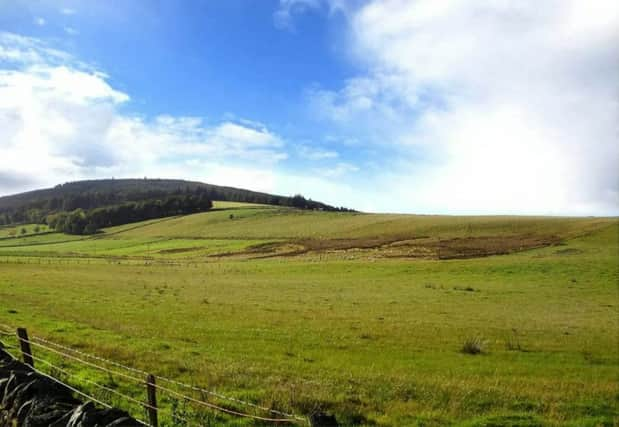So then: This land is whose land?


The future of land ownership in Scotland is about to be shaped by some of the most important legislation seen in many years. The Community Empowerment Bill is shortly to commence the final stage of its passage through parliament and we await the introduction of the new Land Reform Bill.
Despite the importance of these bills (and a significant effort was made to publicise the consultation document which was issued last December and took submissions until 10 February) there remains a nagging doubt that too many people do not understand the scale of what is being addressed.
Advertisement
Hide AdAdvertisement
Hide AdThis legislation will extend the pre-emptive Community Right to Buy to ALL LAND IN SCOTLAND; the vast majority still fail to appreciate that this is not just “heath and heather” legislation targeting the big landed estates, but that any land will be included in its scope.
It means that areas of development land within the Edinburgh city envelope will be caught in just the same way as piece of land on the outskirts of Aviemore.
Furthermore, it is proposed that communities will be given an Absolute or Compulsory right to purchase land which is deemed to be neglected or abandoned and where this land is preventing sustainable development within the community. Again, this is not restricted to the rural sphere so wasteland in Baillieston or Bathgate will potentially be subject to the edict in exactly the same way as swathes of hillside and moorland around, say, Broadford or Balbeg.
Much fierce deliberation continues to be centred on this issue, with strong views being expressed from various organisations that the terminology needs to be carefully defined. It is clear that one man’s wasteland can equally be another man’s development prospect.
So why is it that despite there being 1,269 responses to the consultation of which 1,076 have been published (with permission), there still appears to be a lack of understanding amongst the wider populace? In part, in my view, it lies in the fact that the previous legislation addressing the subject, The Land Reform Act (Scotland) 2003, focused on three main issues; Community Right to Buy, Crofting Community Right to Buy and Access. These were predominantly rural matters and discussions and actions remained largely within the rural domain. The broader span of society, I think, believes that we are simply addressing the same issues 12 years on in a new piece of legislation. We are not.
The much wider proposals for the 2015 legislation include, very briefly:
• Setting up a Scottish Land Reform Commission to provide oversight of land reform issues and to keep land reform on the agenda (something, it could be argued, the 2003 legislation did not achieve)
• Limiting the legal entities (individuals or bodies) that can take ownership of land in Scotland
Advertisement
Hide AdAdvertisement
Hide Ad• Creating a single database to hold details of all land ownership, drawn together from all existing and relevant sources, thereby permitting a full understanding of the impact of land ownership policies
• Introducing a sustainability test which will give power to Scottish ministers/public bodies to intervene in situations where the scale or pattern of land ownership in an area, and the conduct of a landowner, is acting as a barrier to sustainable development
It is much more than a play on words to say that this will be ground-breaking legislation in its scope and influence. Thus, while we are on the cusp of the bill’s introductory date being made public (we know it will be put forward during this parliament), it is hoped by many that there is still room for some refinement of its terms, and that continued effort will be made to inform and educate the wider population of Scotland on what is about to transpire in the shape of this nascent legislation.
It is, therefore, particularly well timed that The Scotsman is bringing together, in early June, representatives from across the spectrum of those with an interest in our land, its ownership and its use to debate the topic of Land Reform. It is hoped that it will provide a forum that will help inform those who are charged with shaping the legislation, represent an opportunity for constructive examination of the parameters and components of this topic, and perhaps assist with any further refinement that might be under consideration in the period remaining before the legislation is finalised. It is of fundamental importance that time is taken to get this right.
• Robert Scott-Dempster is Head of Land and Rural Business at Gillespie Macandrew www.gillespiemacandrew.co.uk
• The Scotsman Conferences event, Scotland’s Land, is on 2 June at the National Galleries of Scotland: www.scotsmanconferences.com
SEE ALSO